Display Advertising
You’re browsing your favorite website, maybe checking the news or looking up a recipe, and something catches your eye on the side of the screen. It’s not part of the article, but it’s designed to stand out. Maybe it’s a bright image, a video, or an animated graphic. You didn’t go looking for it, but there it is, telling you about a product, a sale, or a brand you haven’t heard of yet. That’s display advertising. And if you run a business, this is something you need to understand well.
Display advertising is not background noise. When done right, it’s an attention grabber. It introduces your brand without interrupting the user's journey. For businesses trying to stay visible in a crowded digital space, this form of advertising gives you a big advantage.
Let’s explore what makes display advertising such a valuable tool for your brand.
What is Display Advertising?

Display advertising is a way to promote your brand using visual ads that appear on websites, apps, and social media. These ads can be images, videos, or interactive elements. They usually show up on pages where users are reading, shopping, or watching something.
What is display advertising?
It’s the kind of advertising that doesn’t wait for the user to search. Instead, it meets them where they are. It brings your brand to the surface in a highly visual, often engaging way.
What makes display ads different from search ads is that they don’t rely on search terms. Instead, they appear based on user behavior, browsing history, interests, or the content of the page. They help you reach users even when they are not actively searching for your product.
The main purpose is to increase visibility, build awareness, and stay in front of your audience. They are also a great way to remind users who have visited your site but didn’t make a purchase.
Types of Display Advertising

Types of display advertising come in different shapes, sizes, and formats. Each has its own role in capturing attention and delivering your message.
Banner Ads
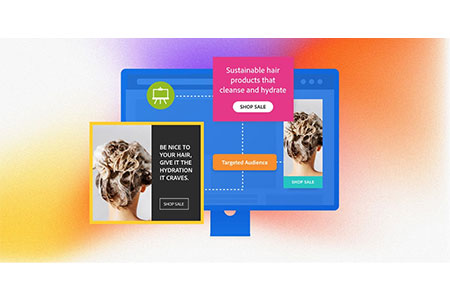
These are rectangular image ads that appear at the top, bottom, or sides of a webpage. Simple and popular, they are great for promoting products or events. Display advertising sizes often follow standard dimensions like 728x90 or 300x250.
Video Ads
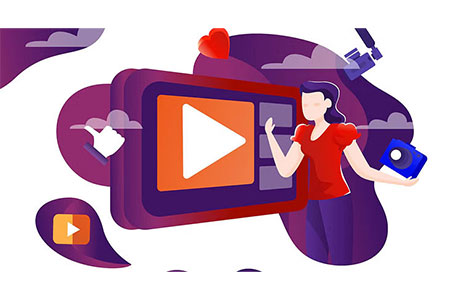
These ads use short videos to promote your message. They play automatically or on click and work well on websites and social platforms.
Rich Media Ads

These are interactive ads that might include movement, slideshows, or hover effects. They engage users more deeply than static images.
Interstitial Ads

These appear as full-screen ads between content. Often used in mobile apps, they are hard to miss and ideal for major announcements.
Native Ads
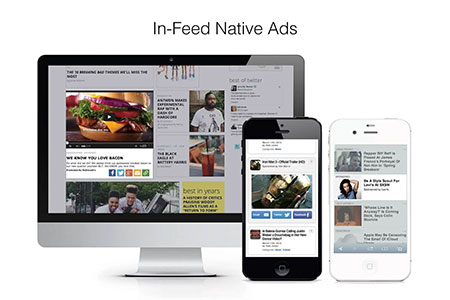
These blend in with the content around them. They match the style of the page and are less intrusive, which often makes them more effective.
Pop-up and Pop-under Ads

Pop-ups appear over the content, while pop-unders open in a separate tab behind the main window. They are bold but should be used with caution to avoid annoying users.
Why is Display Advertising Important?
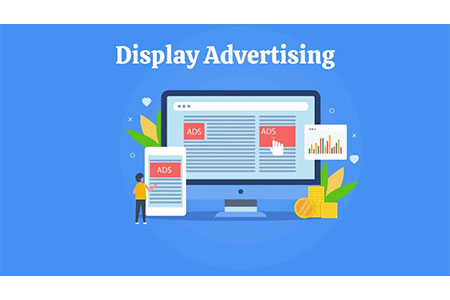
Display advertising helps your brand stay in front of your audience even when they are not actively looking for you. It puts your message where people are already spending time. Here are a few key reasons it matters:
● Brand visibility: Keeps your brand in sight across multiple websites and platforms.
● Audience reach: This lets you connect with users across different interests and demographics.
● Creative freedom: Use visuals, videos, and interactive formats to tell your story.
● Smart targeting: Show your ads to the right people based on their habits and behavior.
● Retargeting: Bring back visitors who showed interest but didn’t act.
In short, it helps you build awareness and influence decisions, without being pushy.
Advantages & Disadvantages of Display Advertising

Display advertising has its benefits, but there are also some challenges. Here’s a quick breakdown:
| Advantages | Disadvantages |
|---|---|
| Great for visual storytelling | Can be ignored if not engaging |
| Large audience reach | Ad blockers may prevent visibility |
| Supports brand awareness goals | May need frequent design updates |
| Offers targeting and retargeting | Click-through rates can be low |
| Works across multiple devices | Costs may rise in competitive industries |
How does Display Advertising Function?
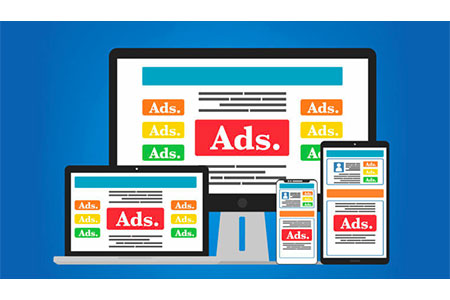
Here is how display advertising works in a few simple steps:
- Create your ad: Design a graphic, animation, or video that fits your message and brand.
- Choose an ad network: Platforms like Google Display Network or Facebook help place your ad across thousands of websites and apps.
- Set your targeting: Choose your audience based on age, location, interests, browsing history, and more.
- Decide your budget: You can pay per impression, per click, or set a daily limit.
- Place the ad: The network uses algorithms to decide when and where your ad appears.
- Track and adjust: Use analytics to measure performance and tweak your strategy as needed.
The better your targeting and design, the more effective your campaign.
How is Display Ads Performance Measured?
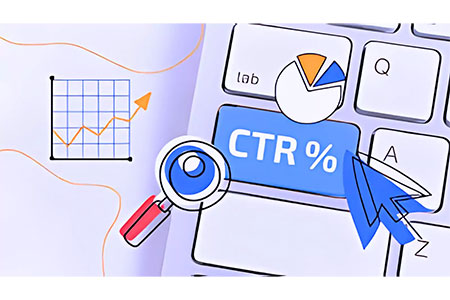
Measuring results is key to making your ad spend worthwhile. Here are the main metrics used:
● Impressions: Number of times your ad was displayed
● Clicks: How many people clicked the ad
● Click-through Rate (CTR): Clicks divided by impressions
● Conversion Rate: Number of users who took the desired action
● Cost Per Click (CPC): Average cost you paid for each click
● Bounce Rate: Shows how many visitors left without engaging
● View-through Conversions: When someone sees your ad, doesn’t click, but later converts
Use tools like Google Ads or Facebook Manager to track and optimize your display advertising campaigns.
Display Advertising Examples
Looking at how other brands use display advertising can give you inspiration. Here are a few display advertising examples:
Airbnb

They used display advertising to retarget users who visited their site but didn’t book. These ads showed personalized listings to bring users back.
Nike

Nike ran rich media ads that let users explore products without leaving the ad. It kept people engaged and improved direct sales.
Spotify
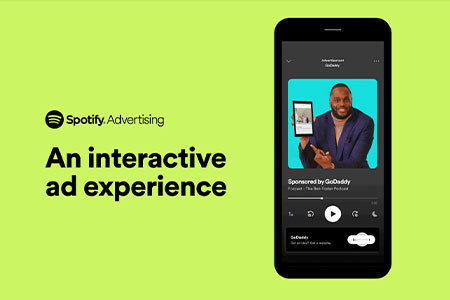
To launch in new markets, Spotify used banner ads with clean designs and local language. It helped build quick recognition.
Netflix

Netflix uses short video ads on entertainment sites to promote new shows. It creates curiosity and drives viewers to the platform.
These display advertising examples show how different types of ads can serve different goals, from retargeting to brand awareness.
Conclusion
Display advertising helps your brand be seen in the right places, at the right time. It’s not about shouting for attention, but about showing up where it counts. With the right mix of design, targeting, and timing, you can create a lasting impression on your audience.
If you’re a business owner looking to grow your online presence, this is a strategy you can’t ignore. It works quietly in the background, but its results are loud and clear.
At Excellent Publicity, we help brands plan and run smart, creative, and effective display advertising campaigns. Whether you’re just starting out or scaling up, we’ll make sure your brand is noticed by the right people, in the right way.
FAQs
Banner ads, video ads, and native ads are highly effective. Use clear images, short text, strong calls to action, and mobile-friendly formats. Target the right audience, avoid clutter, and keep your branding consistent to make your ads more engaging and noticeable.
Marketers pick display ads to boost brand awareness, reach passive audiences, and use visuals to tell stories. Unlike search ads, display ads are better for long-term visibility and retargeting. They are ideal when the goal is to stay top-of-mind and drive interest.
Display ad costs depend on how you pay. Common models are CPC (cost per click), CPM (cost per thousand views), and CPA (cost per action). Prices vary by platform, audience, and ad quality. Budget flexibility makes display ads suitable for all kinds of businesses.
Top platforms include Google Display Network, Facebook Ads, Instagram, YouTube, and programmatic platforms like The Trade Desk. Each offers wide reach, targeting tools, and real-time tracking. The right choice depends on your audience, goals, and content type.
Key metrics include impressions, click-through rate, conversion rate, cost per click, and return on ad spend. Also track viewability, bounce rate, and time on site. These numbers help you understand what works, improve future ads, and get better results.



